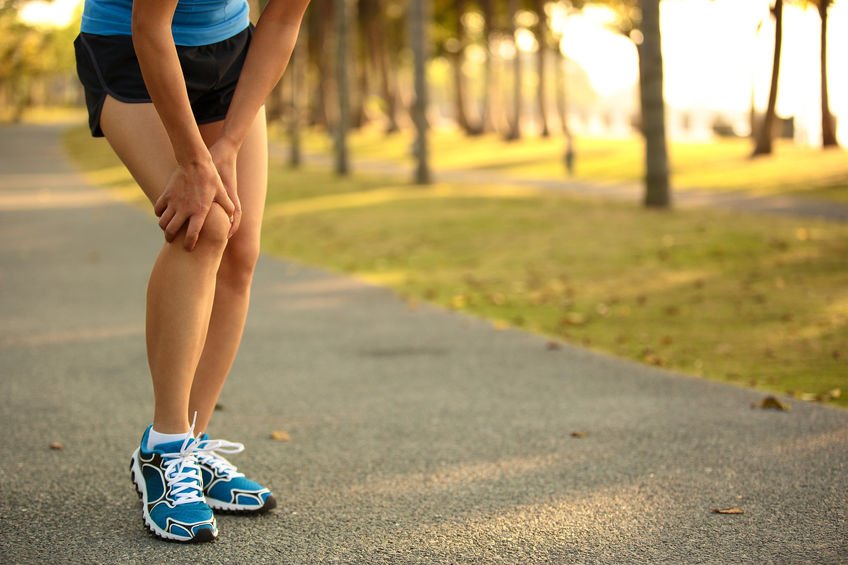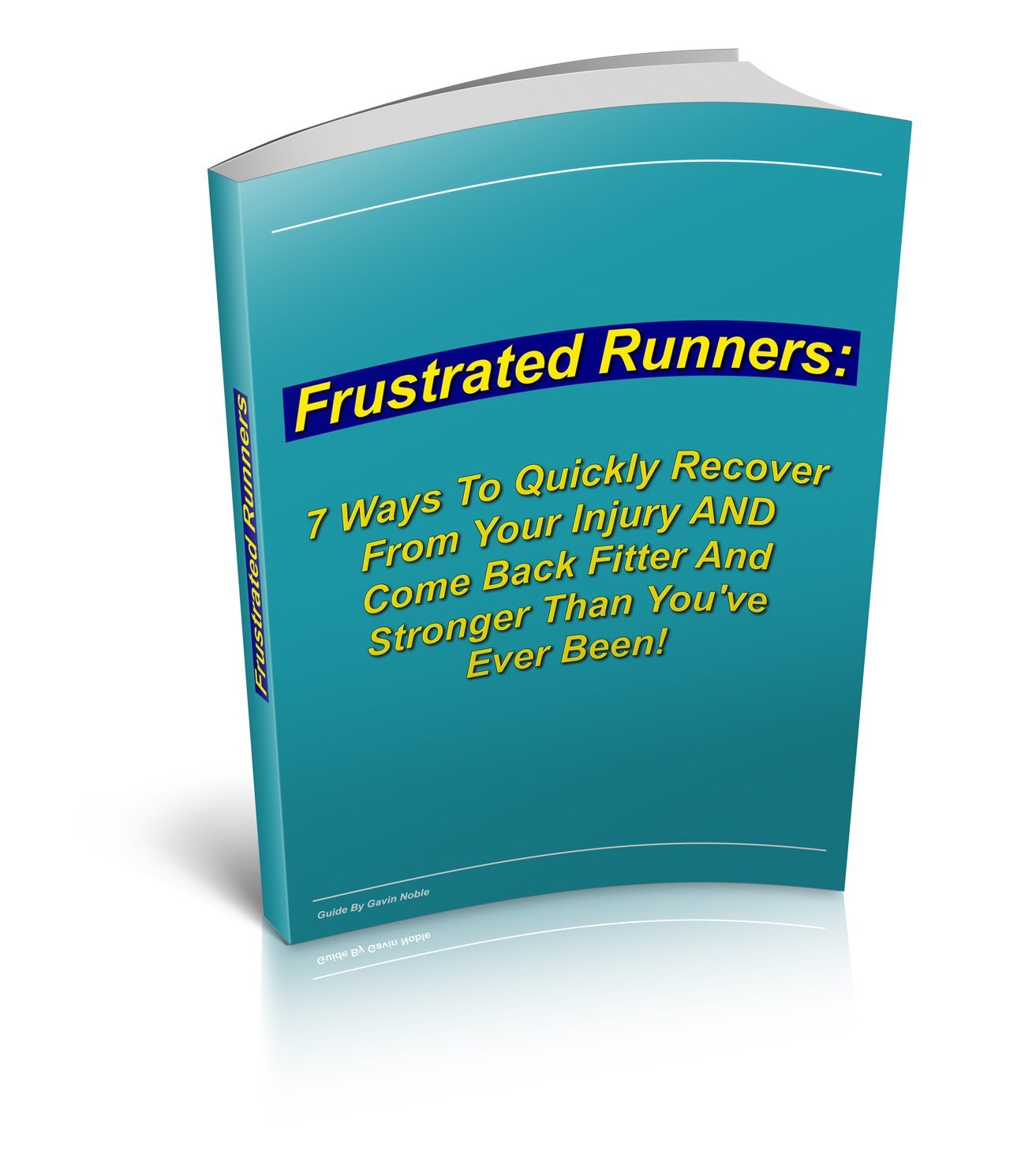Runners Knee – What is it? What to do about it?
As we are getting more into 2018, lots of people have set themselves new goals and targets for the year which is absolutely fantastic! Marathons, half marathons, 10k, 5k park runs, triathlons and even ironman events are some of the targets that some of our clients have set themselves for this year. Again this is fantastic and we are absolutely honoured to be able to help people through their journey so they can achieve that goal.
With the weather hopefully beginning to get a little better. and longer days coming in then, people tend to find a little more motivation to get out there and run.
Running is a sport/activity which research tells us has one of the highest injury rates when compared to other sports. Now when we look at common injuries with running, top of the list is knee pain, commonly called ‘Runners Knee’.
So, what is this Runners Knee?’
Runners knee is a generic term used to describe pain at the front of the knee, and it is not just runners who suffer from it. It also has other names such as anterior knee pain, or in the medical world – Patellofemoral pain syndrome(PFPS).
The main symptom of Runners Knee tends to be pain. Pain can be felt generally under or around the knee cap. It is worse when the knee is bent for long periods, on kneeling or running. Going downhill or downstairs also tends to make the pain worse.
The causes of runners knee can be difficult to pinpoint. I have listed a few causes below, there may be more than just one of these involved. Remember we are all very different individuals and each person should be assessed and treated on an individual basis: –
·
Irritation of the joint synovium which is the membrane which surrounds the joint.
A direct blow to the knee cap.
Problems with the feet such as fallen arches, overpronation can affect the way we move.
Overuse such as running, lunging, skipping, high impact and repeated knee bending.
Biomechanics, where the bones aren’t lined up correctly and the knee cap dos not run smoothly in the groove that it is supposed to.·
Weak and tight quads muscles affect the way the knee cap moves
Chondromalacia patella, which is a breakdown of the cartilage under the knee cap.
What to do about it?
Firstly, seek advice from your physiotherapist. They are the people who have the skills and knowledge to help you recover. They should be able to get to the route cause of the problem and advise on treatment from there.
·
Secondly, reduce the load and stress that you are putting on your knee so that you don’t continue to aggravate the pain. This may mean reducing the running but not always stopping you from running.
·
Anti-inflammatories and pain relief may help temporarily, however if you do not treat the real cause of the pain, then the
problems will just continue and worsen.
·
Ice can help to reduce pain and inflammation
·
Knee taping strategies can be employed to help the patella move more freely
·
Mobilising the knee cap too can help
·
Strengthening and stretching the correct muscles will help to give the knee and hips the right support and control.
·
Corrections to training and running form may also help.
·
Finally, a biomechanical foot assessment for orthotic devices can help to correct foot alignment and stability.
As you can see, runners knee is a multifactorial injury. Getting the best advice and treatment is of utmost importance to determine the best outcome.
Stay safe out there and be seen!
If you’d like to learn more about how to recover from running injuries, then feel free to download my 100% FREE report here.
.

